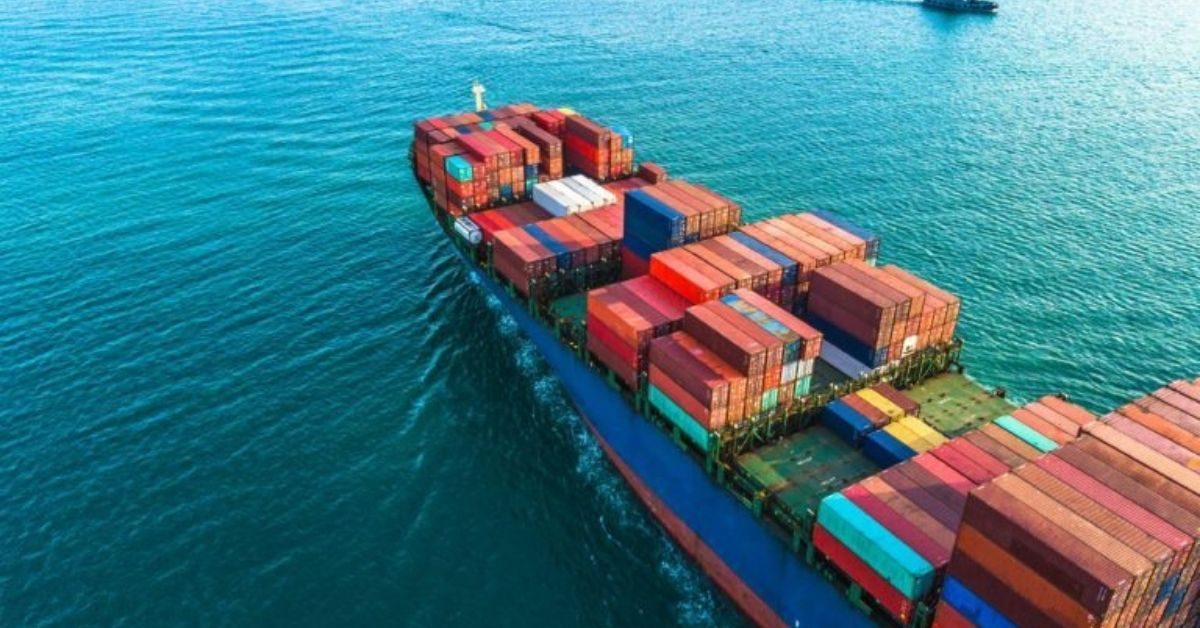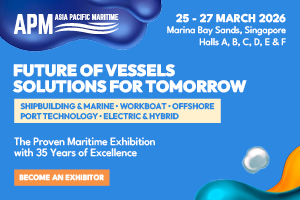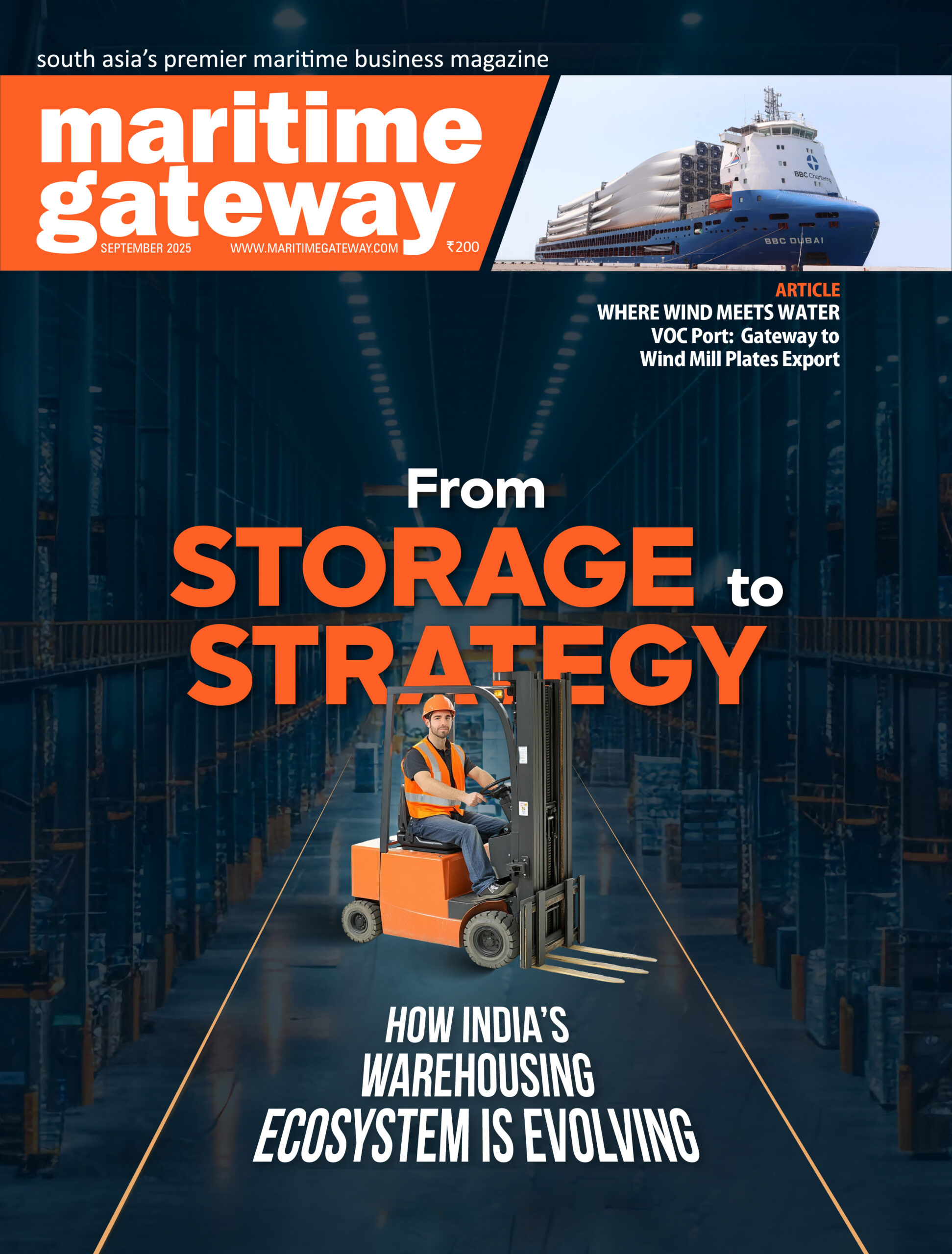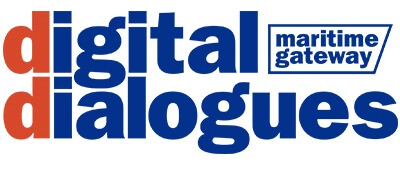All vessels entering or transiting Indian waters must possess a current Protection and Indemnity (P&I) Insurance Certificate, under Merchant Shipping Notice No. 05 of 2025, published by the Directorate General of Shipping on May 7, 2025. The notification covers instances in which P&I insurers rejected pollution claims because the certificates were deemed invalid, frequently as a result of premium nonpayment. According to the notification, P&I must cover property damage, collision, wreck removal, contamination from oil and other hazardous materials, and cargo loss and damage.
Authorities at Sikka Port demand that P&I certificates specifically address collision clauses, oil contamination, and wreck cleanup. To ensure compliance with national and international regulations, vessel owners, operators, masters, or their representatives must review P&I coverage, confirm the validity of P&I Insurance Certificates, Blue Cards, and Certificates of Insurance or Other Financial Security (CIOFS), and submit these documents through the Maritime Single Window (MSW) Portal prior to arrival. Original, certified, or electronic certificates that may be verified online are required. The authenticity of P&I certificates must be confirmed by port authorities at both major and non-major ports and maritime boards via the official website of the issuing insurer, the International Group of P&I Clubs’ verification system, or the website of the relevant non-IG insurer that is listed on the DGS website.
The duration of the vessel’s port stay must be covered by the certificate. Verification through local P&I insurance correspondents is allowed in the event of technical difficulties, and insurer websites must be updated with the correspondent lists. If a certificate is void because of deferred or unpaid premiums, P&I insurers are required to provide this information on their websites. Insurers cannot deny culpability if this isn’t done, and the certificate’s legitimacy is assumed. Additionally, the website needs to verify coverage for a minimum of three months following the vessel’s arrival or the yearly renewal date, which is usually February 20.
Port authorities will only use these platforms for verification when non-IG insurers have had six months to alter their websites following the notice’s issue. After then, email verification will no longer be used. The Directorate General of Shipping must be notified right once of any anomalies or doubts about the legitimacy or authenticity of P&I Insurance Certificates, Blue Cards, or CIOFS. Ships with unresolved problems will either not be allowed to enter Indian waters or, if they are already there, would be told to leave.
The Government of India’s Ministry of Ports, Shipping, and Waterways oversees the Directorate General of Shipping. It was created to carry out shipping laws and policies, and it is in charge of maritime safety, marine pollution control, maritime education, sailors’ welfare, and coastal shipping development. The DGS certifies merchant navy officers, performs inspections, and controls vessel compliance. For P&I verification, it also keeps track of a list of authorized insurers and correspondents.
About 90% of the world’s ocean-going tonnage is covered by liability insurance through the 12 mutual insurance clubs that make up the International Group of Protection and Indemnity Clubs, a non-profit organization. Shipowners and charterers own and run each club, which provides coverage for third-party liabilities such crashes, pollution, personal injury, cargo damage, and wreck removal. The association arranges collective reinsurance and runs a claims-sharing pooling arrangement for liabilities over $10 million. Additionally, it serves as a forum for industry collaboration and engages with maritime regulators globally.









